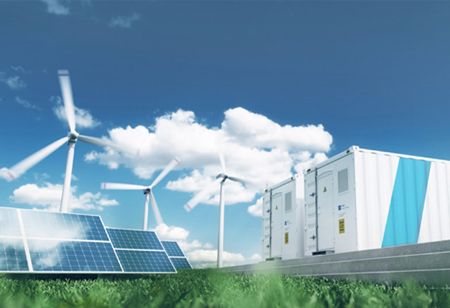
India Aims to Add 35 GW Renewable Capacity


India is set to make a significant leap in its renewable energy sector by connecting a record 35 gig watts (GW) of solar and wind energy capacity to its grid by next year.
This surge in renewable installations comes after India missed its widely publicized 2022 target of 175 GW renewable capacities, as pledged by Prime Minister Narendra Modi during the 2015 UN climate talks in Paris.
Despite being the world’s third-largest emitter of greenhouse gasses, India’s per capita emissions remain among the lowest in major economies due to its vast population of 1.5 billion.
However, the country has struggled to balance its rapid economic growth with its clean energy goals. Over the past few years, the government has prioritized coal to meet soaring power demands, with coal-fired power output expected to surpass renewable energy generation this year.
The sluggish pace of renewable energy additions in recent years has led to a slower-than-expected growth of solar power. In fact, solar power generation expanded at its slowest rate in six years during the first half of 2024. Despite this , India remains the world’s third - largest solar power producer and aims to change the narrative starting this fiscal year by adding 30 GW of fresh solar capacity.
India’s wind energy sector is also poised for growth, with an additional 5 GW of wind power expected to be installed by March 2025. These efforts are part of the country’s broader plan to transition to cleaner energy and reduce its reliance on coal.
According to government data, India added a total of 10 GW of renewable energy capacity between April and August 2024, bringing its cumulative renewable capacity to around 153 GW. However, the country still falls short by 13% of the 175 GW renewable energy goal initially set for 2022.
As India pushes forward with these new renewable projects, it seeks to align itself with its ambitious 2030 clean energy targets. The addition of 35 GW of solar and wind capacity this year marks a critical step towards closing the gap between its current renewable capacity and future aspirations. The success of its initiatives will be crucial for India’s ability to meet its long-term environmental commitments and continue its shift toward a more sustainable energy future.